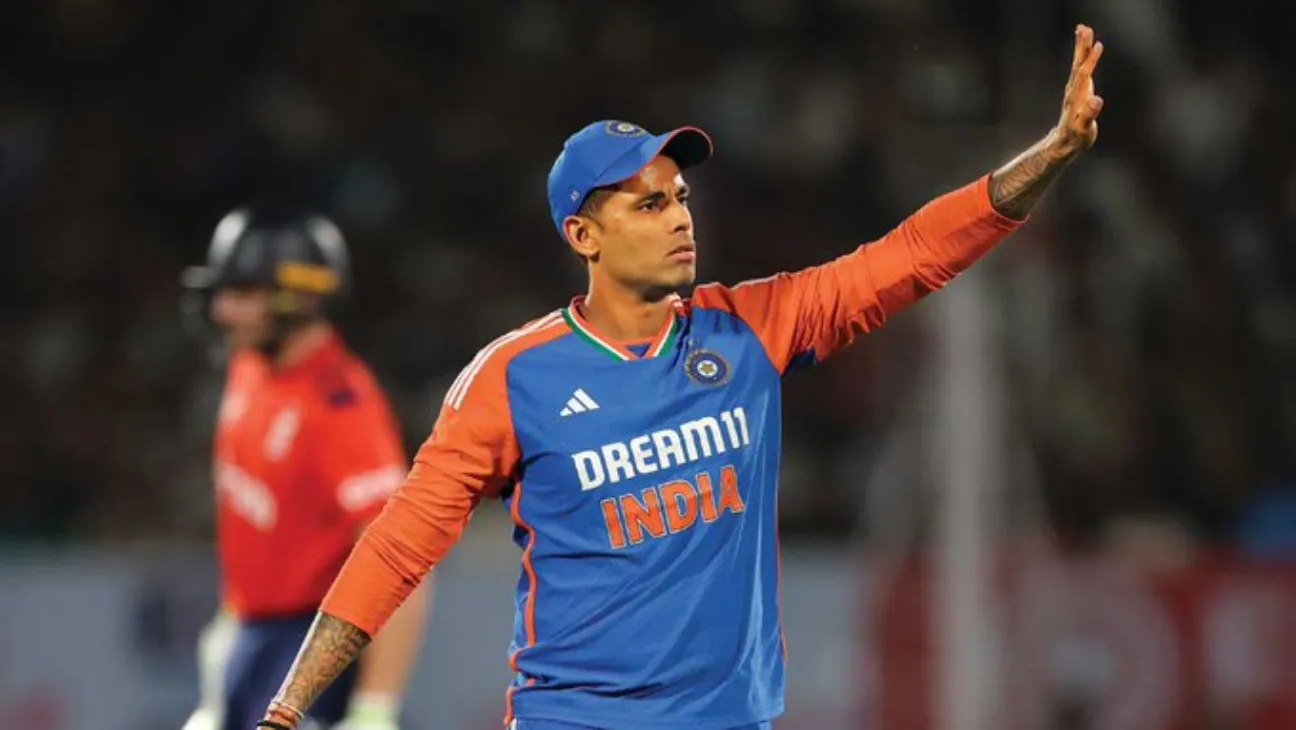South Africa was in a tough spot. With their captain Aiden Markram and opener Luhandre Pretorius already back in the dugout, the team was stumbling at just 57 for 3 against Australia.
That’s when 22-year-old Dewald Brevis stepped up. He didn’t just steady the ship; he unleashed a furious maiden T20I century, setting a wave of new national and worldwide benchmarks in the process.
The right-hander combined with Tristan Stubbs for a 126-run partnership, with Stubbs content to assume the supporting role.
This match belonged to one man: Dewald Brevis. It felt like he was finding the boundary with every other shot. Even losing Stubbs at the other end didn’t break his concentration; he just kept on swinging.
He marshaled the lower order brilliantly to push the team to 218. What an innings—he walked off with 125 not out from 56 balls, after clearing the rope eight times.
ESPNcricinfo catalogues the innings as the paramount individual innings for South Africa in T20 internationals, eclipsing Faf du Plessis’s 119 compiled versus the West Indies in 2015.
According to Cricbuzz, it additionally constitutes the loftiest score in T20 internationals struck against Australia, superseding Ruturaj Gaikwad’s undefeated 123 recorded in 2023.
Brevis’s score comprised 30 runs from Glenn Maxwell, 26 from Josh Hazlewood, another 26 from Adam Zampa, 22 from Sean Abbott, and 21 from Ben Dwarshius. He thus became the second performer in T20I annals to register 20 or more runs against five separate bowlers within a single encounter, the first being Reeza Hendricks during a confrontation with Pakistan earlier in the current year.
The innings also represented Brevis’s debut fifty-plus score in T20I cricket, a milestone he promptly escalated to a century. Since his initiation against Australia in Durban in 2023, Brevis has accrued 265 runs across nine T20I matches, averaging 37.85 with a strike rate of 189.28.
The moniker “Baby AB”—a flattering comparison to AB de Villiers’ signature stroke play—has long followed the young batter like a trailing stat. On this occasion, however, the name felt like a bespoke suit, tailored for a knock that suggested the excess of that nickname was overdue for revision.
The South African public reacts to such innings with a mixture of joy and expectation. The joy, momentarily, is self-explanatory; the expectation, however, is a request for more than a cameo. It now poses the sharper interrogation: can this method sustain itself past the novelty of individual brilliance and through the grueling geometry of an entire series?









